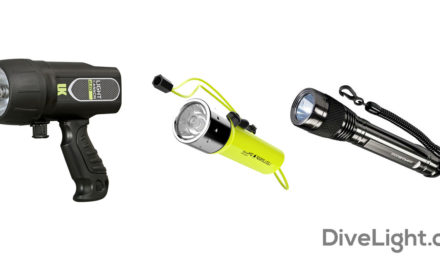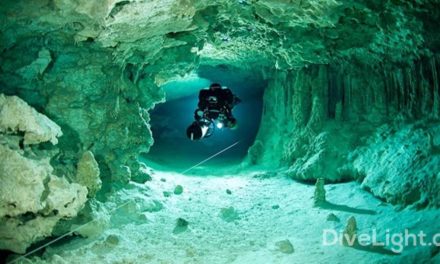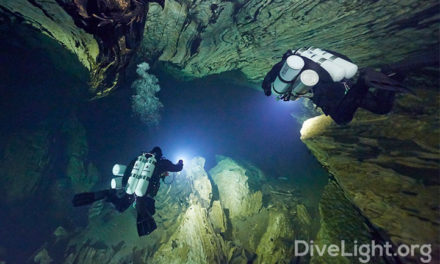Whether you are a professional diver or trying it for the first time, it is essential to have a good dive light. A dive light ensures your safety and enriches your dive experience. Divers are usually advised to carry two lights, the primary dive light and a secondary dive light just in case their principal dive light fails. The most important thing you should know before selecting a dive light is your diving needs.
Factors to Consider when Selecting Dive Lights
Brightness is a vital feature when choosing cave dive lights. The dive light should be very bright for maximum visibility. The beam should also be wide. During the day or night the deeper you dive the darker it gets, and the brightness of your dive light can make all the difference in the diving experience you get.
The beam angle is also important – it can either be a tight beam or a wide flood. This decision is mostly determined by the sort of diving you do. A tight bright spot is advantageous in spotting, diving in murky water, and viewing into crevices and under ledges. Narrow beam lights are also good for seeing further down long passages. Since caves do not have sufficient lighting, a light with a wide beam is recommended to illuminate a larger area.
The dive lights should be lightweight to ensure easy carriage. In the case of batteries, it depends on which you prefer – the disposable or the rechargeable.
The Best Cave Dive Lights
- The Scubapro Nova 230 is compact and bright as well as affordable. It has a narrow beam with high intensity brightness and three rechargeable batteries. It is endorsed as a great primary light for recreational diving or as a secondary light for tech-divers.
- The UK Light Cannon eLED dive light provides maximum brightness and a wide beam. It retains the intensity throughout its long battery life. It is recommended when scanning and exploring, especially at night. This light would be of abundant service in your cave adventures.






